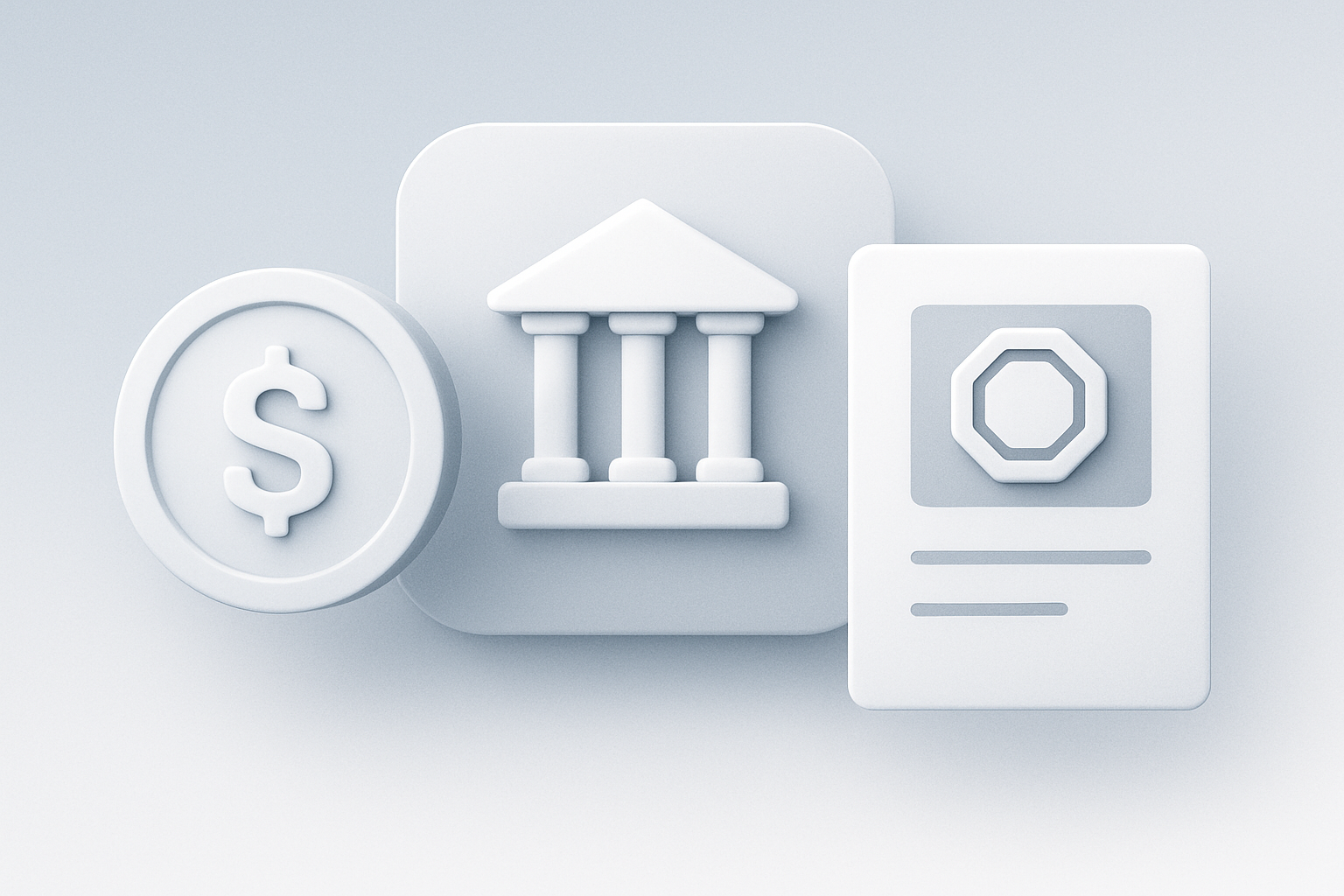The Role of Stablecoins in Settlement for Tokenized Treasuries and Bonds

Stablecoins are rapidly transforming the settlement landscape for tokenized treasuries and bonds. As digital assets pegged to stable currencies such as the U. S. dollar, stablecoins bridge the gap between traditional finance and blockchain-native settlement. With Polygon Bridged USDT (USDT) trading at exactly $1.00, these instruments are demonstrating remarkable price stability, a crucial attribute for efficient on-chain transactions.
How Stablecoins Streamline Settlement for Tokenized Bonds
The integration of stablecoins into blockchain settlement rails has enabled atomic settlement, where transactions occur instantly and simultaneously. This eliminates the risk of settlement failures common in legacy systems that depend on delayed bank payment networks. For example, when purchasing tokenized treasuries or bonds on a decentralized exchange, investors can transfer USDT directly to a smart contract. Once received, bond tokens are delivered automatically, creating a seamless delivery-versus-payment (DvP) experience that is both secure and transparent (source).
The impact is tangible: transaction times drop from days to seconds, counterparty risk is minimized, and post-trade reconciliation costs are slashed. As a result, tokenized treasury liquidity improves dramatically, making fixed-income products more accessible to both institutional and retail participants.
Stablecoin Demand Is Reshaping the Treasury Market
The surge in stablecoin adoption has created a new source of demand for U. S. Treasuries. As of mid-2025, issuers collectively held roughly $200 billion in short-term Treasuries – about 2% of total market supply (Reuters). This trend underscores the growing interdependence between digital asset markets and traditional fixed income instruments.
The regulatory environment is also evolving rapidly to support this shift. The July 2025 GENIUS Act now allows financial institutions to issue stablecoins fully backed by fiat or high-quality collateral like U. S. Treasuries (Wikipedia). This legislation is expected to further boost Treasury demand from stablecoin issuers while enhancing confidence in digital cash equivalents.
Tether (USDT) Price Prediction 2026-2031
Professional Outlook on USDT Price Stability and Market Scenarios
| Year | Minimum Price | Average Price | Maximum Price | Year-over-Year Change (%) | Market Scenario Insights |
|---|---|---|---|---|---|
| 2026 | $0.98 | $1.00 | $1.02 | +0.0% | High regulatory clarity; USDT remains tightly pegged. Minor volatility possible due to systemic risks or temporary depegging events. |
| 2027 | $0.97 | $1.00 | $1.03 | +0.0% | Increased competition from CBDCs and tokenized deposits, but USDT retains strong market share. Slightly wider trading range amid global regulatory harmonization. |
| 2028 | $0.97 | $1.00 | $1.04 | +0.0% | Broader adoption of tokenized treasuries and bonds. Occasional price deviations during periods of high market stress or regulatory uncertainty. |
| 2029 | $0.96 | $1.00 | $1.05 | +0.0% | Potential for brief volatility due to macroeconomic shocks or changes in collateral requirements, but peg stability persists overall. |
| 2030 | $0.96 | $1.00 | $1.05 | +0.0% | USDT faces increased scrutiny from global financial authorities. Market infrastructure upgrades maintain peg amid evolving competition. |
| 2031 | $0.95 | $1.00 | $1.06 | +0.0% | USDT continues as a key player in digital settlement, though competition from regulated stablecoins and new payment rails intensifies. |
Price Prediction Summary
USDT is projected to maintain its $1.00 peg through 2031, with only minor deviations reflecting short-term liquidity imbalances, systemic risks, or extraordinary market events. Regulatory clarity and strong collateralization support long-term stability, although competition from CBDCs, tokenized deposits, and other stablecoins could widen trading ranges during periods of uncertainty.
Key Factors Affecting Tether Price
- Regulatory clarity and global harmonization (e.g., GENIUS Act in the U.S.)
- Continued demand for tokenized treasuries and bonds as collateral
- USDT issuer transparency and collateral management practices
- Competition from CBDCs, tokenized deposits, and new stablecoin entrants
- Technological upgrades in settlement infrastructure and blockchain scalability
- Potential macroeconomic shocks or systemic events affecting short-term peg stability
Disclaimer: Cryptocurrency price predictions are speculative and based on current market analysis.
Actual prices may vary significantly due to market volatility, regulatory changes, and other factors.
Always do your own research before making investment decisions.
Regulatory Hurdles and Competitive Dynamics
Despite their momentum, stablecoins face scrutiny from central banks and regulators worldwide. The Bank for International Settlements (BIS) warns that widespread use could undermine monetary sovereignty or reduce transparency in systemic risk monitoring (Reuters). Furthermore, while tokenized treasuries offer yield potential that can rival or surpass traditional money market funds, their classification as securities imposes compliance burdens not shared by most stablecoins.
This regulatory friction fuels debate over whether programmable money should be dominated by private stablecoins or by alternatives like tokenized deposits – each with distinct implications for liquidity management and systemic risk.







